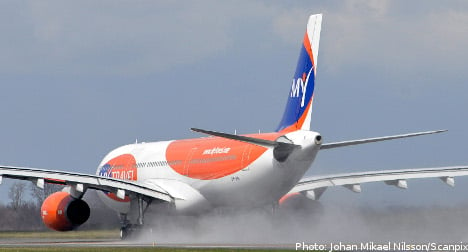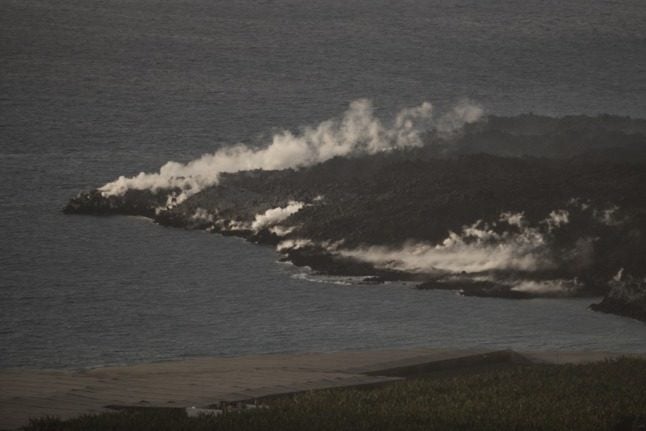Airports in Örnsköldsvik, Sundsvall Härnösand, Skellefteå and Umeå were also closed late on Thursday afternoon.
Other airports were closed for parts of the day, including Kristianstad, Jönköping, Karlstad, Östersund and airports in Gothenburg.
More volcanic ash was forecast to drift in from the west over the course of Thursday evening.
Airspace over central areas of Sweden around Jönköping, Dalsland, Värmland, Dalarna and Härjedalen closed late on Wednesday, as did Jämtland and the coast from Sundsvall to Umeå, while some airports in the far north remained open.
Elsewhere in Europe officials said that air traffic would resume almost full service on Thursday, according to the BBC. Swedavia, the firm which operates 14 Swedish airports, estimated that around half of scheduled flights would run.
“As there are domestic problems and it is open in the remainder of Europe, then it is primarily European services which are running,” said Per Fröberg at Swedavia.
Fröberg was unwilling to forecast how Thursday would develop, saying only that they were following LFV’s forecasts.
Tens of thousands of people remained stranded worldwide after a week of chaos caused by the ash cloud emanating from the Eyjafjallajökull volcano in southern Iceland.
According to the International Air Transport Association, cited by the BBC, airlines have lost $1.7 billion as a result of the disruption and many are claiming compensation from their respective governments with some arguing that regulators have been too heavy-handed in dealing with the crisis.
But scientists have leaped to the defence of aviation regulators arguing that the combination of glass and rock particles contained in the volcanic ash made it too dangerous to fly and left them with little choice but to close the skies.



 Please whitelist us to continue reading.
Please whitelist us to continue reading.
Member comments